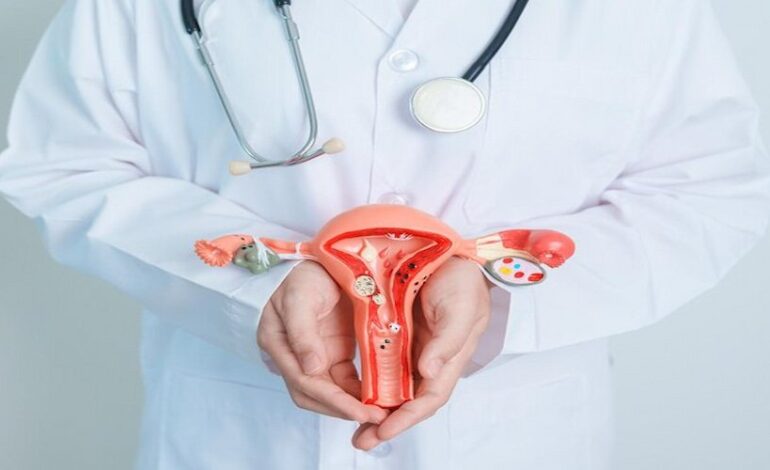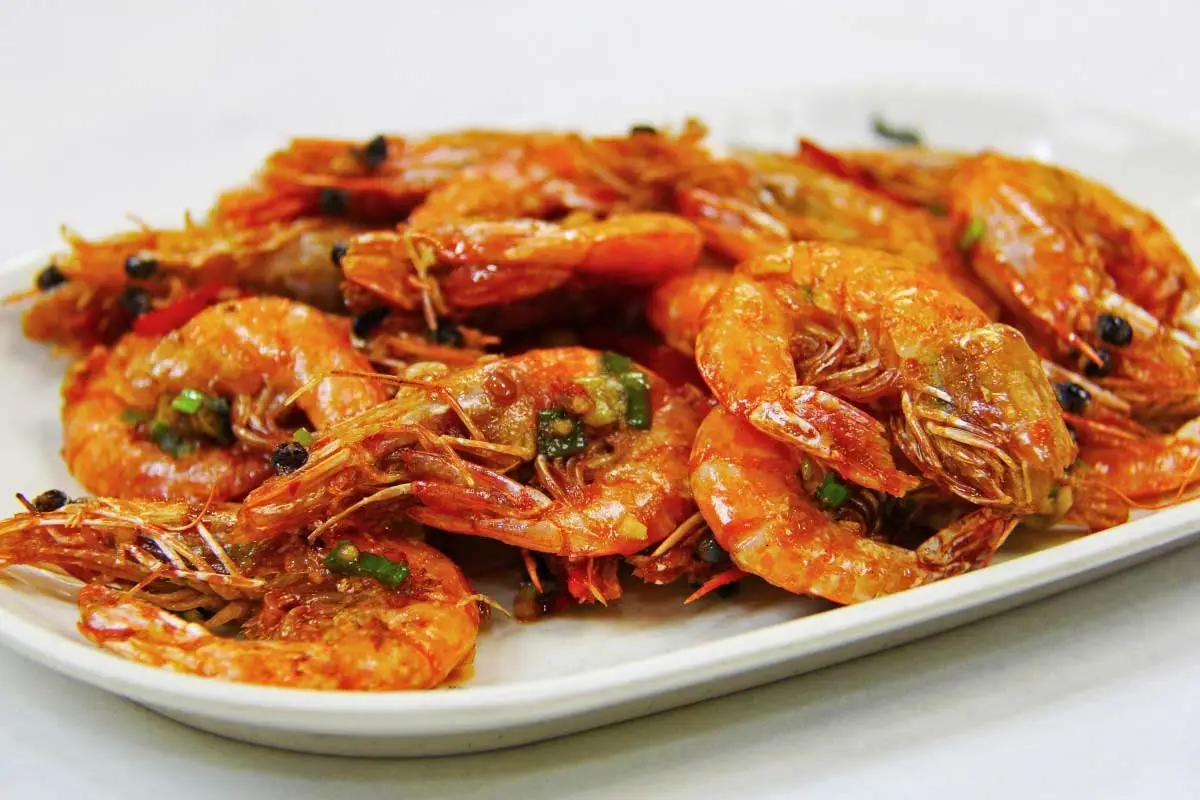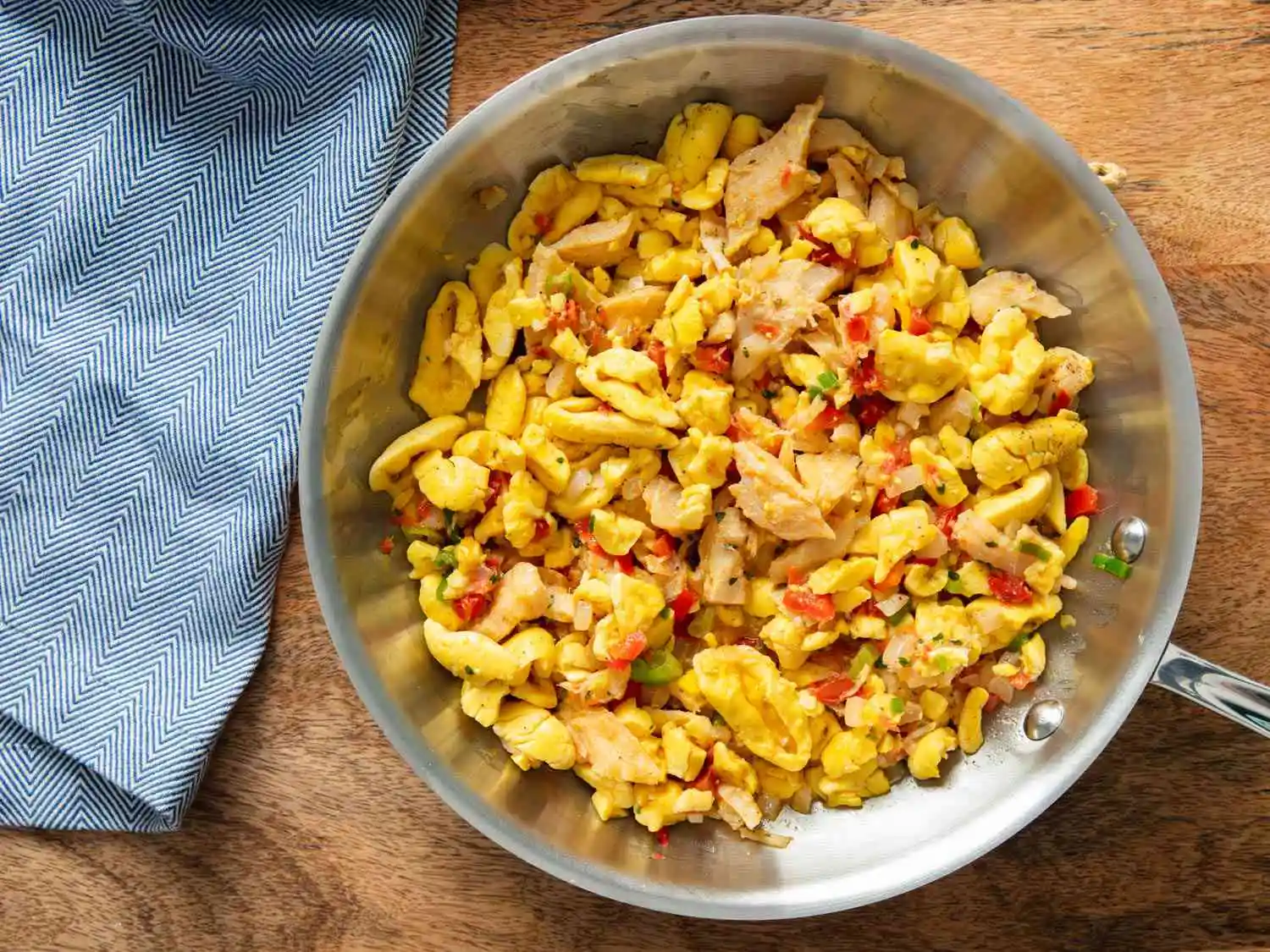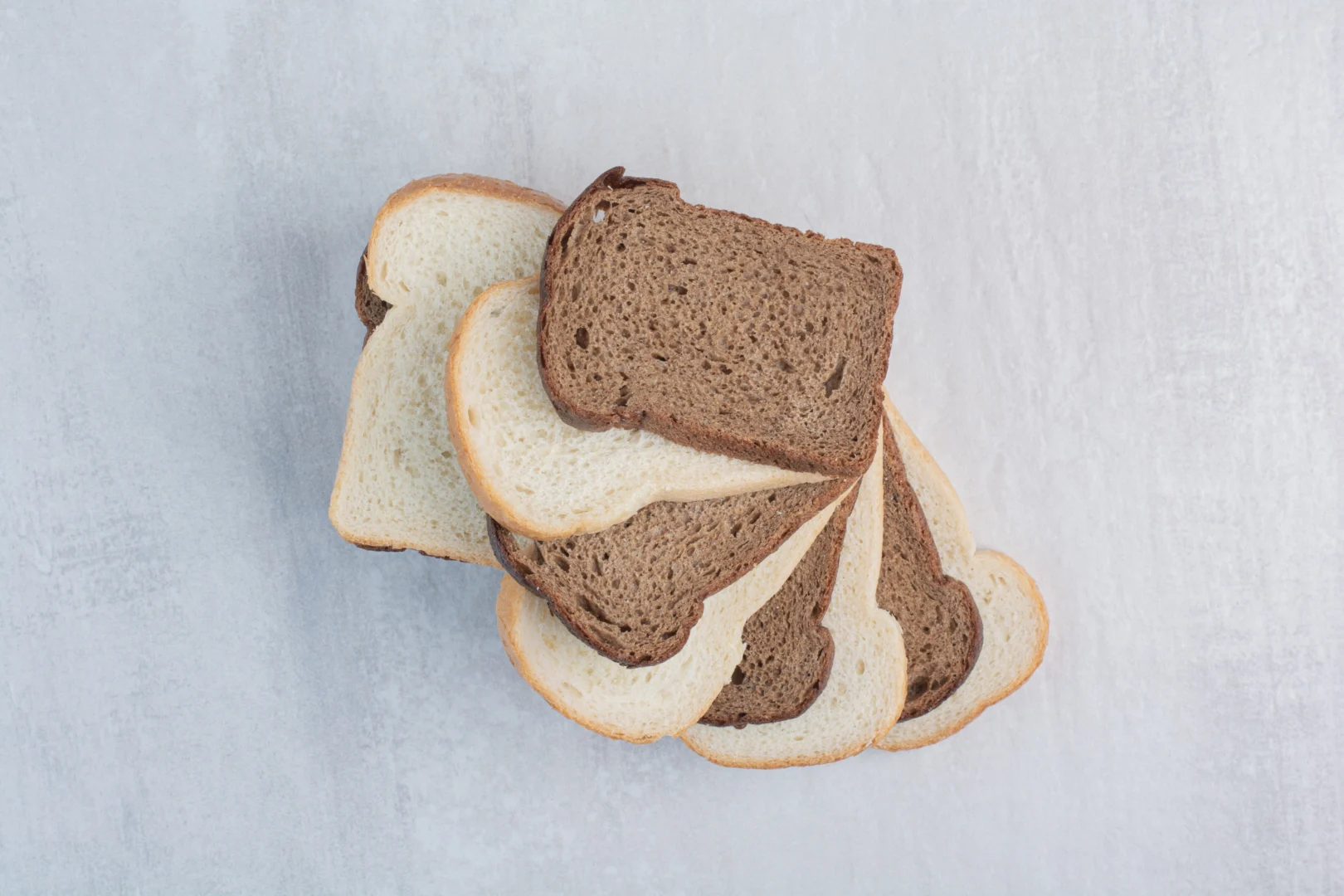My Mother’s Hysterectomy: Everything I Learned About Healing, Identity, and Loving Someone Through It
When my mother’s doctor first recommended a hysterectomy, she nodded. Calmly. Politely. But I could see it in her eyes: a door had closed, and the room was suddenly silent.

When my mother’s doctor first recommended a hysterectomy, she nodded. Calmly. Politely. But I could see it in her eyes: a door had closed, and the room was suddenly silent.
In the days that followed, the house filled with questions — some spoken, most unspoken. It wasn’t just about the procedure. It was about what this meant for her life, her body, her womanhood. And for the rest of us — me included — it was about how to love her through something we couldn’t fully understand.
If you or someone you love is preparing for a hysterectomy, this is what I wish someone had handed me: not just a medical explanation, but a human one.
What Is a Hysterectomy, Really?
There are different types of hysterectomy, but simply saying, it is the surgical removal of the uterus. Sometimes, it also includes the removal of the cervix, ovaries, and fallopian tubes — depending on the reason for surgery and the patient’s health history.
But it’s never just a surgery. It’s a reckoning with identity, fertility, physical change, and emotional healing.
For my mother, it was the final step in a years-long battle with fibroids that left her exhausted, anemic, and emotionally drained. She wanted freedom. But getting it came with a cost.
Types of Hysterectomy — What You Need to Know
There are different types of hysterectomy, and each one comes with different recovery timelines, hormonal impacts, and emotional effects:
Total Hysterectomy
Removes the uterus and cervix. This is the most common type.
Subtotal (or Partial) Hysterectomy
Removes the uterus but leaves the cervix intact. Some patients prefer this to reduce impact on pelvic floor or sexual function, though studies are mixed.
Radical Hysterectomy
Removes uterus, cervix, upper vagina, and surrounding tissues. Usually recommended for cancer.
Hysterectomy With or Without Oophorectomy
If ovaries are removed (oophorectomy), the patient will go into surgical menopause, regardless of age. This means hormone levels drop suddenly, often triggering symptoms like mood swings, hot flashes, and bone density changes.
Surgical Methods:
- Abdominal hysterectomy (through the belly; longer recovery)
- Vaginal hysterectomy (through the vagina; no external incision)
- Laparoscopic or robotic hysterectomy (minimally invasive with small incisions; faster healing)
My mother had a laparoscopic total hysterectomy, and even with the least invasive route, recovery was no joke. Healing isn’t just about incisions — it’s about what’s going on inside the body and the mind.
Read About: Understanding Fibroids: The Common Condition No One Talks About – But Should
The Mental and Emotional Weight
What hit my mother hardest wasn’t the surgical prep or even the pain afterward — it was the quiet emotional fallout.
She didn’t say much at first. But there were signs:
- Staring at old photos
- Avoiding mirrors
- Long silences in conversation
- A shift in how she carried herself
Later, she admitted what I suspected: she felt like she had lost something sacred. Something more than a uterus.
“It’s like part of me left the room, and I don’t know if she’s coming back,” she said quietly one night.
That’s the part no one prepares you for — the identity shift. Even when you’re done having children, even when you know it’s the right decision, grief still comes. It doesn’t mean you regret the surgery. It just means you’re human.
Pros and Cons of Hysterectomy
We asked every question, read every pamphlet, and still, it was a lived experience that revealed the real pros and cons in different types of hysterectomy.
✅ Pros:
- Relief from chronic bleeding or pain
- No more periods
- Improved quality of life for many patients
- Freedom from cancer risk (in some cases)
- Sex can improve when pain is gone
❌ Cons:
- Loss of fertility (which can carry emotional weight)
- Sudden onset of menopause symptoms if the ovaries are removed
- Physical healing takes time — even with “simple” procedures
- Emotional adjustment is often underestimated
- Changes to intimacy and body image
This list doesn’t make the choice for you. But it helps make the choice informed. That’s what my mother wanted — and needed — most.
How Families Can Help
If you’re walking beside someone through a hysterectomy, here’s what matters most:
- Listen without fixing. Don’t rush to “It’ll be okay.” Ask, “What’s weighing on you today?”
- Create a recovery space. Pillows, grabber tool, stool softener, body wipes, cozy blankets — it all helps.
- Respect the quiet. Sometimes they just need presence. Not noise.
- Normalize the grief. It’s okay if she’s mourning. It’s okay if she’s relieved. It’s okay if it’s both.
- Be the advocate. Ask the questions she doesn’t have the energy to ask.
What helped my mom most? A little corner of her room with a journal, a photo of us, peppermint lotion, and soft socks. It was hers. And that mattered.
What It Means for Intimacy
This was the hardest and most tender part of her healing. Because hysterectomy doesn’t just remove an organ — it reshapes how some women relate to their bodies.
At first, she feared she’d never feel desirable again. Or sensual. Or confident.
But here’s what happened instead:
- She relearned her body.
- She started asking for what she wanted — in touch, space, and intimacy.
- Her relationship grew stronger, not weaker.
- She laughed more. Cried more. Felt more.
It wasn’t easy. But it was real. And in time, it was beautiful.
Healing Is Not Linear — It’s Circular
My mother didn’t just recover. She returned to herself. Not in a straight line, but in spirals — grieving, healing, pausing, reclaiming.
She is now more vibrant than she was before the surgery — not because it didn’t hurt, but because she walked through the pain and came out powerful.
If you are preparing for a hysterectomy, or holding the hand of someone who is:
You are still whole.
You are not alone.
You are more than what’s being removed.
This is not an ending. It is a re-entry into life on your own terms. I watched it happen — and I will never forget what it taught me about courage.
FAQs
Q: What are the main types of hysterectomy?
A: The main types are Total (uterus and cervix), Subtotal (uterus only), and Radical (for cancer, removing more tissue). The ovaries may also be removed in a procedure called an oophorectomy.
Q: What happens if the ovaries are removed?
A: If the ovaries are removed, the patient will enter surgical menopause immediately, regardless of age, often causing symptoms like hot flashes and mood swings.
Q: How long does recovery take?
A: Recovery is different for everyone, but the article stresses that even with minimally invasive surgery, it’s a significant process that involves both physical and emotional healing.








